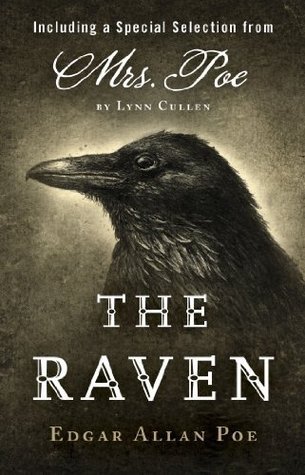The Masque of the Red Death
by“The Masque of the Red Death” begins with a nation paralyzed by a deadly disease that kills swiftly and leaves no survivors. While terror spreads outside, Prince Prospero gathers a thousand nobles within a fortified abbey, sealing the gates to ensure no contact with the plagued world beyond. In his mind, this retreat is both protection and privilege—a way to keep fear at bay through beauty, excess, and celebration. Time, to Prospero, seems irrelevant; survival is no longer about caution, but about distraction. He believes that through control, opulence, and isolation, he can create a sanctuary immune to suffering. Yet the very act of turning inward, of ignoring the anguish of the world, lays the foundation for the tale’s haunting conclusion. Poe’s vision of this enclosed world is not comfort, but illusion.
Inside the abbey, the masquerade unfolds across seven interconnected rooms, each bathed in a different hue. These rooms represent a journey through life, culminating in the seventh—an unsettling black chamber illuminated by blood-red light. Few dare to linger there, and the room’s eerie atmosphere is made more oppressive by the chime of a massive ebony clock. Each hour, its resonant toll brings silence to the crowd, forcing a pause in their revelry. Even the most carefree guests are momentarily sobered, reminded of something greater than music or masks. The clock becomes a subtle antagonist, marking not just time but the inevitability it carries. Though ignored between chimes, its presence looms, unshakable and patient. In Poe’s world, time is never silenced for long.
As the masquerade swells with movement and color, a guest unlike any other appears—cloaked in garments that mimic the symptoms of the Red Death itself. The figure’s arrival disrupts not only the aesthetic harmony of the ball but the psychological safety the revelers have built. Dread surges through the crowd, and Prince Prospero, blinded by fury and pride, attempts to face the intruder. What follows is not confrontation, but collapse. As Prospero moves through each room, chasing the figure into the black chamber, he is struck down without resistance. His fall is immediate and unexplained, amplifying the terror. When the others rush to seize the stranger, they discover no body at all—only a costume. The Red Death, it seems, needs no face. It is not a person but a force.
The guests soon follow their prince into death, each succumbing to the very plague they sought to escape. Poe does not offer drama in these deaths—only certainty. The clock strikes once more, then stops. The flames of the chandeliers fade. Silence takes hold of the rooms, as the abbey becomes a tomb. In the end, death rules completely. The story closes with one of Poe’s most famous lines, asserting that Darkness, Decay, and the Red Death have claimed dominion over all. His message is stark but clear: no matter the fortress, no one is exempt.
Symbolism permeates every detail in this tale—from the seven rooms that echo the stages of life, to the clock that stands for the passage of time, and finally the figure that personifies death itself. Poe crafts a world where wealth and art are wielded as shields, but they offer no real protection. The rich, instead of using their means to aid the suffering, hide in distraction, indulging in denial. Their downfall comes not from ignorance, but arrogance. The Red Death doesn’t break in; it was always there, waiting for its moment. Through this haunting fable, Poe critiques a mindset that sees privilege as immunity and turns away from shared suffering.
This story remains relevant because its core theme is universal: death is the great equalizer. In times of crisis, those who seek to isolate themselves in luxury cannot escape the consequences that reach beyond class or status. The Red Death is not just a plague—it is the embodiment of time, decay, and the futility of resistance. Poe does not need gore to terrify. The horror lies in inevitability and the chilling calm with which it arrives. His tale urges reflection on how one faces mortality—through denial or through understanding. It is this confrontation, silent and final, that leaves the deepest impact.

